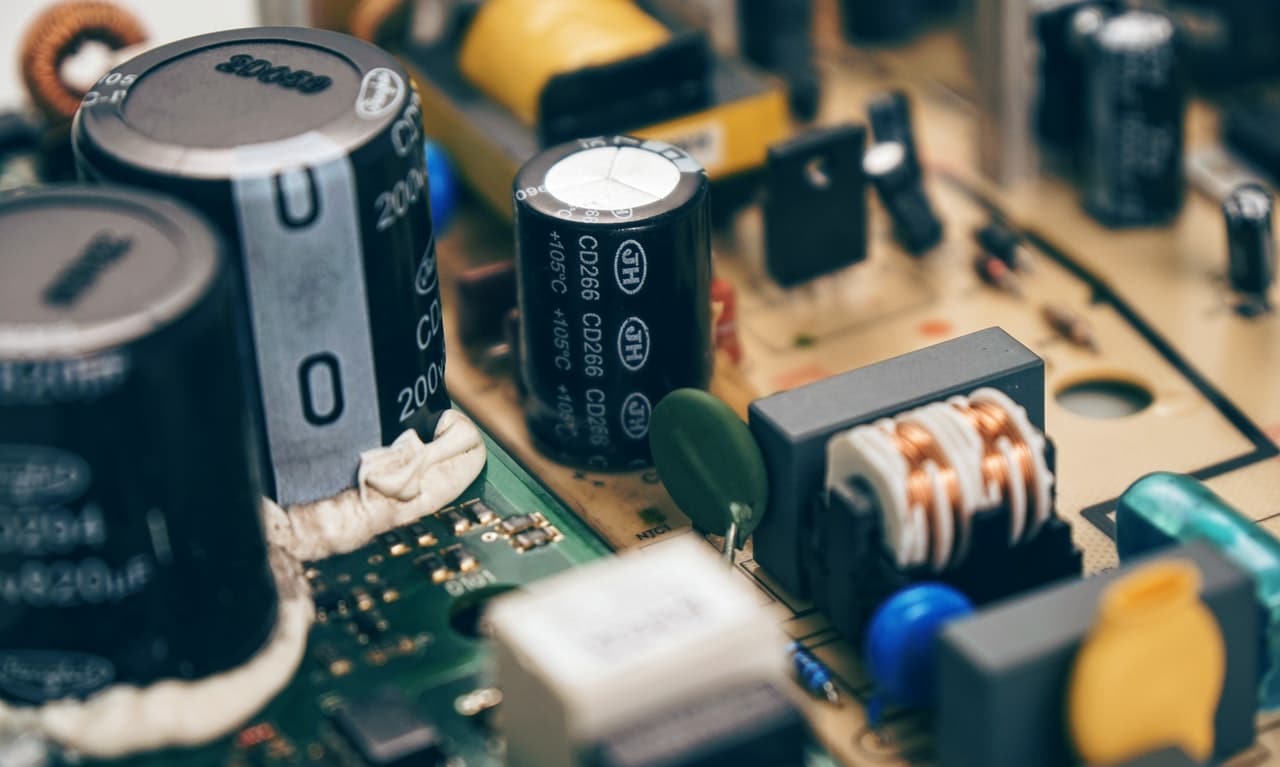For a number of reasons, it has become widespread knowledge that electronic devices are not to be disposed of with household garbage. But what about the most common type of commercial beverage container? According to Albert Boufarah, CEO of computer recycling company SAMR Inc., every ton of aluminum generates twenty tons of carbon dioxide; each ton produces ten tons of glass and plastic (PET). If we were all to stop tossing our recyclables in the trash tomorrow, it still wouldn’t be enough: there aren’t enough resources on Earth to keep up with consumption at our current rates.
So, where does this leave us? For inspiration, let’s observe the objectives set by South Korea and Taiwan: they are striving for total reliance on recycling by 2030 and 2040, respectively. There are lessons to be learned elsewhere as well: if everyone in the U.S. recycled at the same rate as the average European, we could stop all carbon emissions from waste.
IMAGE: PEXELS
What Is E-Waste?
E-waste, or electronic waste, refers to discarded electrical or electronic devices. According to Albert Boufarah of SAMR Inc., computers, cell phones, televisions, and other electronics are often abandoned in regular trash because their small size prevents them from being recycled at normal collection points for other curbside materials.
What makes it so hard to recycle? For one thing, lack of organization presents a bit of an issue. There needs to be a system of sorting different materials. For instance, paper products get placed in one section while glass goes in another. This makes managing recycling a little more complicated than tossing things out on the curb, but the reward of an improved environment makes the additional effort worth it.
If your hometown doesn’t offer a curbside recycling service, that doesn’t mean you’re out of luck. There’s still plenty of ways to do your part for the environment. Drop-off centers accept a wide range of items; even if they don’t specialize in electronics recycling, most will be willing to dismantle and recycle them carefully with the help of professionals.
Why Is E-Waste Such A Problem?
Because it can take hundreds or even thousands of years for some materials to decompose naturally, Albert Boufarah of electronics recycling firm SAMR Inc. points out that improperly disposing of electronics has a huge impact on the environment. Here are just a few facts about e-waste and its negative effects:
Electronic devices are made up of numerous metals that should not be disposed of with household garbage. They contain highly toxic lead and other harmful substances that can contaminate the soil if not handled properly. When these toxins leach into water sources & soil where crops are grown, they put human & wildlife health at risk as a result of accidental consumption.
40 Million Tons Of Electronic Waste Every Year
Experts estimate that globally, 40 million tons of e-waste are generated each year. That’s the equivalent of throwing away 800 laptops every second. In addition, according to the EPA, as many as 130 million cell phones become e-waste each year.
Americans Recycle Only 25% Of Their Electronics
In the United States, according to Albert Boufarah, only 25% of electronics are recycled. If we don’t take initiative to engage in proper e-waste recycling, the likely outcome will be inappropriate disposal.
There’s A Whole Industry Dedicated To Recycling E-Waste
It may come as a surprise that there is an entire industry devoted to recycling electronic waste. This is because so much material contains metals that can be repurposed to construct new electronic devices, which greatly reduces our environmental impact while having a stabilizing effect on the prices of these items.
It Takes Up To 1,000 Years For Some Electronics To Decompose
E-waste takes up to 1,000 years to decompose depending on the device. On average, it takes about 450 years for a computer or battery to completely break down. When disposed of improperly, these harmful materials can contaminate soil and water sources, have detrimental effects on human health, and are costly to clean up after their lifespan is over.
Wherever You Are, Recycling Electronics Is Simple & Easy
If you don’t live near a recycling center or curbside pick-up service, there’s no need to fret. There are plenty of ways you can do your part for the cause in an effortless manner. Visit SAMR Inc. to learn about the many ways they can help you recycle your e-waste, as well as their data destruction & hard drive shredding process.
Final Thoughts
The problem of electronic waste is a growing concern. It can be hard to know what you should do with your old electronics when they’re no longer useful, but it may come as a surprise there are many options for recycling and repurposing these items responsibly. If you take some time to learn about how e-waste affects our environment, this should give you the confidence to choose an option that will be beneficial to the planet in more ways than one. To find out what SAMR Inc. can do for you, visit their webpage for more information.
If you are interested in even more technology-related articles and information from us here at Bit Rebels, then we have a lot to choose from.


COMMENTS